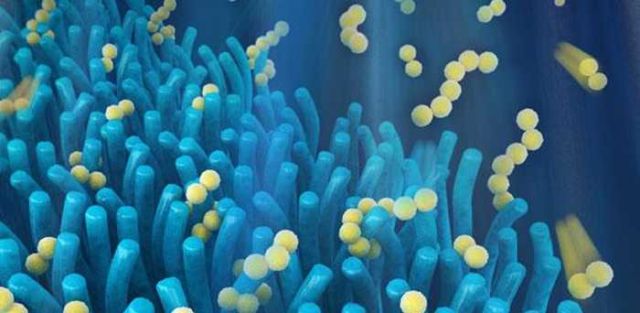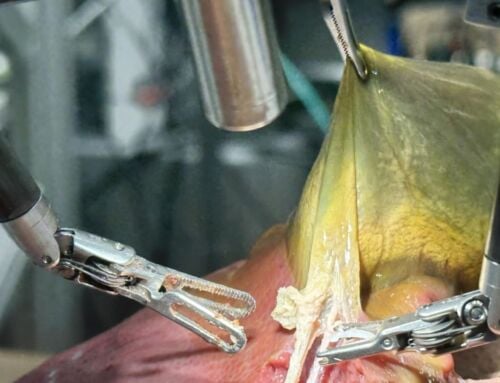A new battery inspired by the human intestine could have 5 times more energy.
Researchers have developed a new prototype of a lithium-sulphur battery, by mimicking the structure of the cells which allow us to absorb nutrients, could have five times the energy density of a typical lithium-ion battery.
Above, computer visualisation of villi-like battery material. Image credit Teng Zhao
The new design, by researchers from the University of Cambridge, overcomes one of the key technical problems hindering the commercial development of lithium-sulphur batteries, by preventing the degradation of the battery caused by the loss of material within it.
Working with collaborators at the Beijing Institute of Technology, the Cambridge researchers based in Dr Vasant Kumar’s team in the Department of Materials Science and Metallurgy developed and tested a lightweight nanostructured material which resembles villi, the finger-like protrusions which line the small intestine. In the human body, villi are used to absorb the products of digestion and increase the surface area over which this process can take place.
“It’s a tiny thing, this layer, but it’s important,” said study co-author Dr Paul Coxon from Cambridge’s Department of Materials Science and Metallurgy. “This gets us a long way through the bottleneck which is preventing the development of better batteries.”
The results are reported in the journal Advanced Functional Materials.
via siencealert
source cam.ac






Leave A Comment